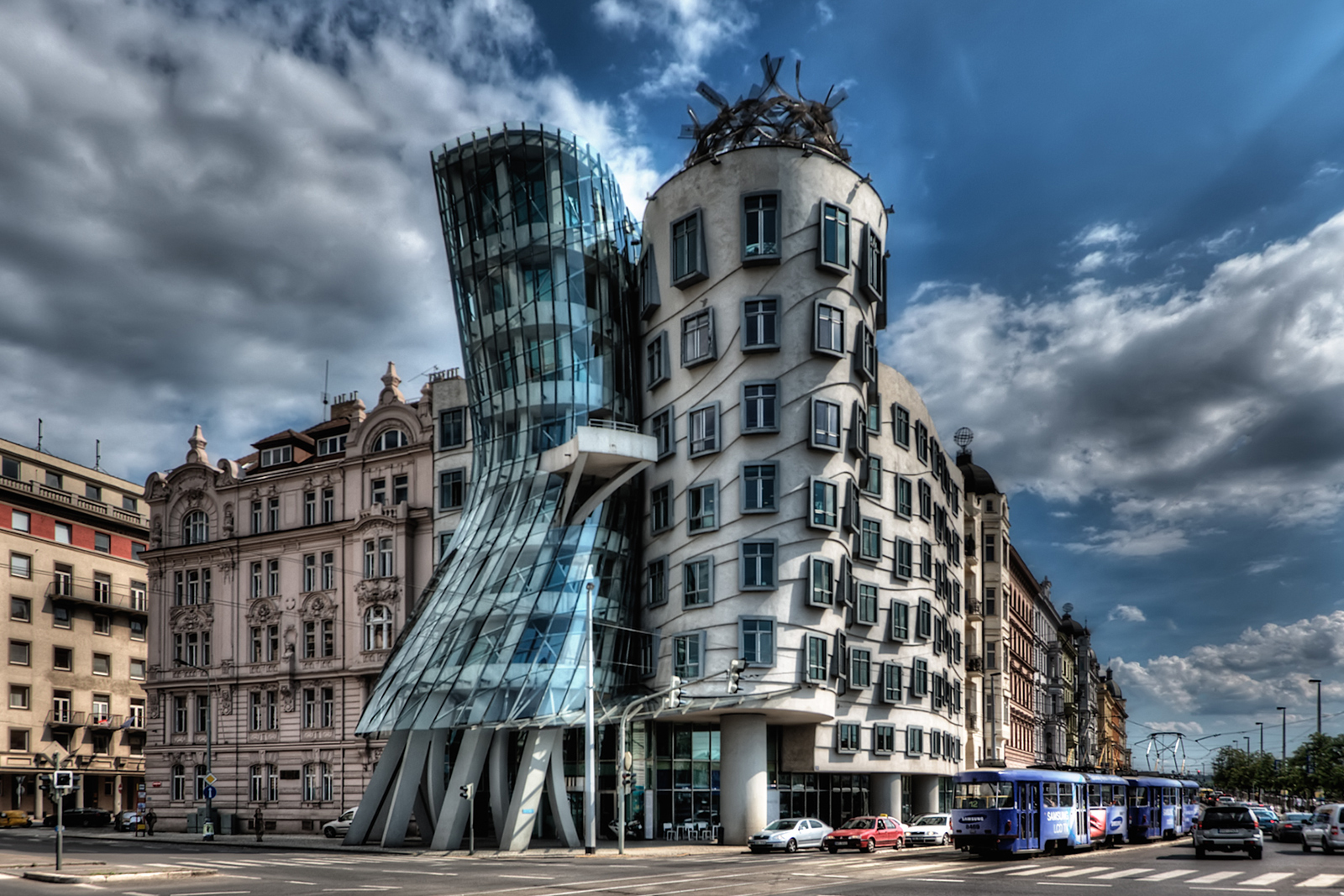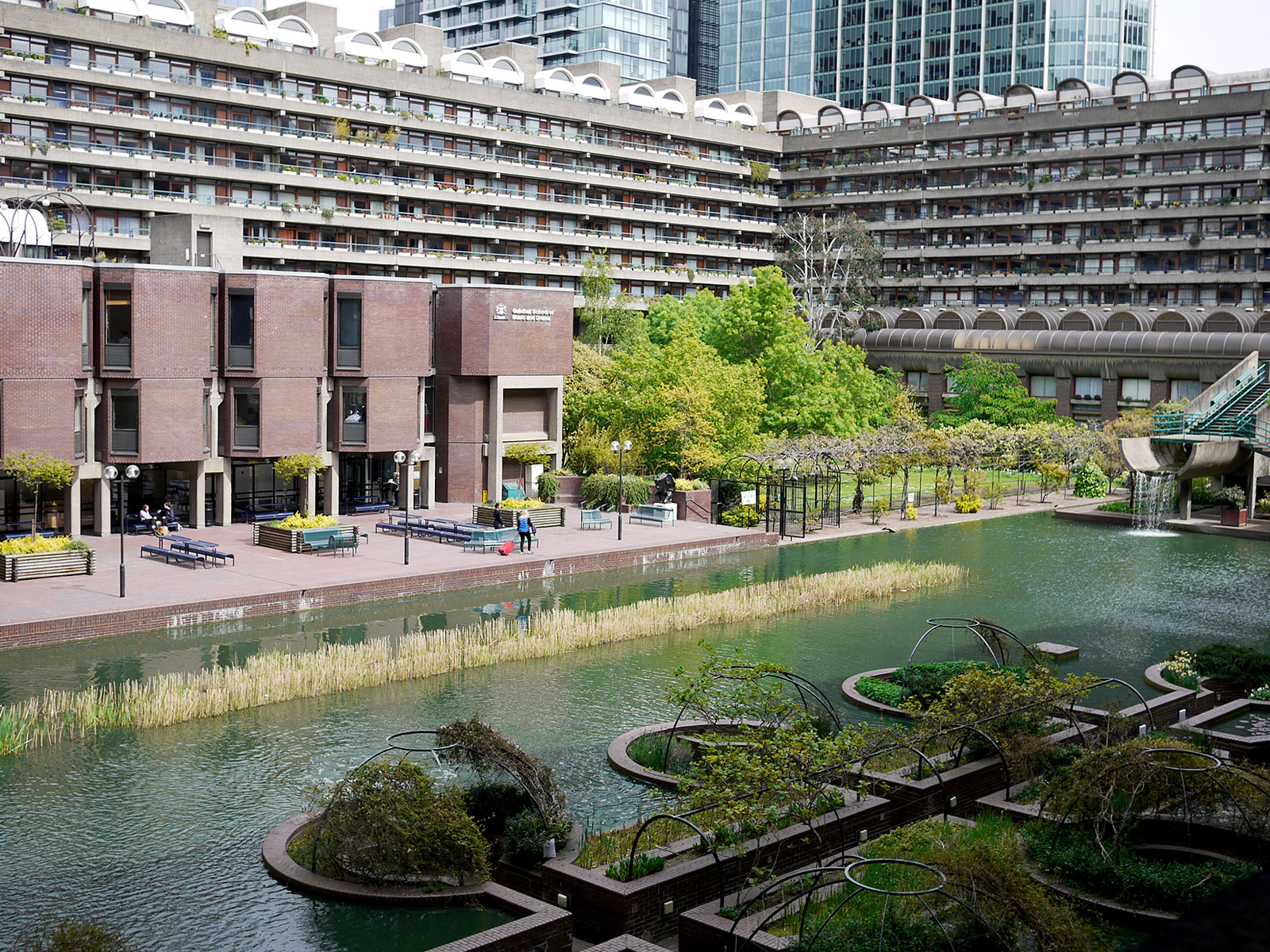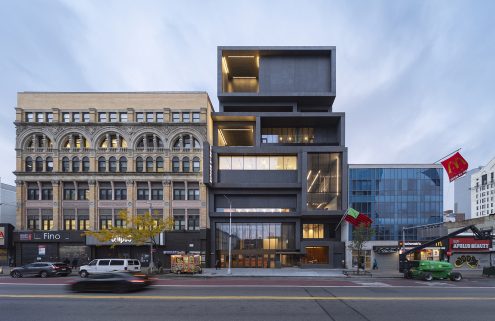When Muyiwa Oki took office as the President of the Royal Institute of British Architects in September last year, he became both the youngest and the first Black person to step into the role.
The 32-year-old Nigerian-born British architect, who has worked at major design practices including Glenn Howells Architects and Grimshaw, is as much known for what he represents and stands for than for his body of work.
Does that bother him? ‘In and of itself it’s a moment in time,’ he says. ‘By that, I mean that it is a positive signal from an outdated institution where, ordinarily, someone like me wouldn’t have thought this was something for them. But it would be nice to be in a place where being the first isn’t a big deal anymore.’
Now, nearly halfway through his tenure as head of the RIBA, he is focussed on advocating for a sustainable built environment and for a fairer, more diverse, and more inclusive sector. This is a widespread, sweeping mandate and one he hopes will modernise an industry in need of systemic change.
Beyond his presidential responsibilities, what has shaped Oki’s architectural sensibilities? What makes him tick? To find out more, we’ve used a line of questioning entirely befitting for someone forging a career in architecture and design. This is Muyiwa Oki’s life in buildings.

What was the first ever building or structure that really caught your attention, and why?
For this, I had to revisit my UCAS (University entry) application where I talked about my fascination with architecture. The ‘Dancing House’ by Frank Gehry in Prague featured prominently. I was enthralled by the building for various reasons including the fact that it looks to defy general structural principles and conventions.
After researching further into the building, I uncovered a fascinating brand of architecture called Deconstructivism – a modern baroque approach to design. This was the subject that I eventually went on to write my dissertation on.

Is there a building that evokes a sense of ‘being home’ for you?
In London, it’s a toss-up between the Tate Modern and Barbican. For the grand scale and ability to submerge you into details and exhibits. I used to have a membership card and visited frequently to be a flânuer – the term that Charles Baudelaire described as a passionate spectator who seamlessly blends into the bustling crowd while keenly observing the world around them.
Globally, it’s South Africa. I’ve spent quite a lot of time there over the last year. The countryside is just marvellous. And although the country has its unique issues, it’s a precedent to my country-of-origin, Nigeria, for how to be a good steward of resources.
In general, that feeling of ‘being home’ is always present where my friends and family are. I have a core group with whom I have been friends for over a decade. With these folks, I never struggle with inauthenticity.
What do you remember most vividly about the house in which you grew up in?
I remember it [being] larger than it was. My childhood brain thought it was a mansion! Actually, it was a comfortable detached house with driveways and a lovely backyard with so many trees to mask the noise of the adjacent roads.
As a family, we moved to the UK in the early 2000s and the contrast in size between the average terrace house in London and the house I grew up in Nigeria was chalk and cheese.

If you could travel to one city in the world to see one building or structure, where would you go and what would you see?
OMA’s CCTV Building in Beijing. I’d like to see more of Beijing and the Eastern Hemisphere. I have yet to have a meaningful visit to the region. Like most architecture students, I, too, had an OMA phase. In fact, I’ve still got an active WhatsApp group of some of my favourite folks called OOMA – which is a play on the brand; it also happens to be our initials.

What building inspires you the most, and why?
DOKK1 Library in Aarhus, Denmark [by Schmidt Hammer Lassen Architects]. It has got scale, culture and a place for everybody to find their niche. It brings people together and is a destination event in itself. I believe it’s what every modern library needs to be – a civic space.
Finally, if you could get hold of the keys to a building you have never been inside, where would those keys give you access to?
Lloyds of London—I have waited in line many-a-time at the Open House tours but never had the patience to stick it out.
























